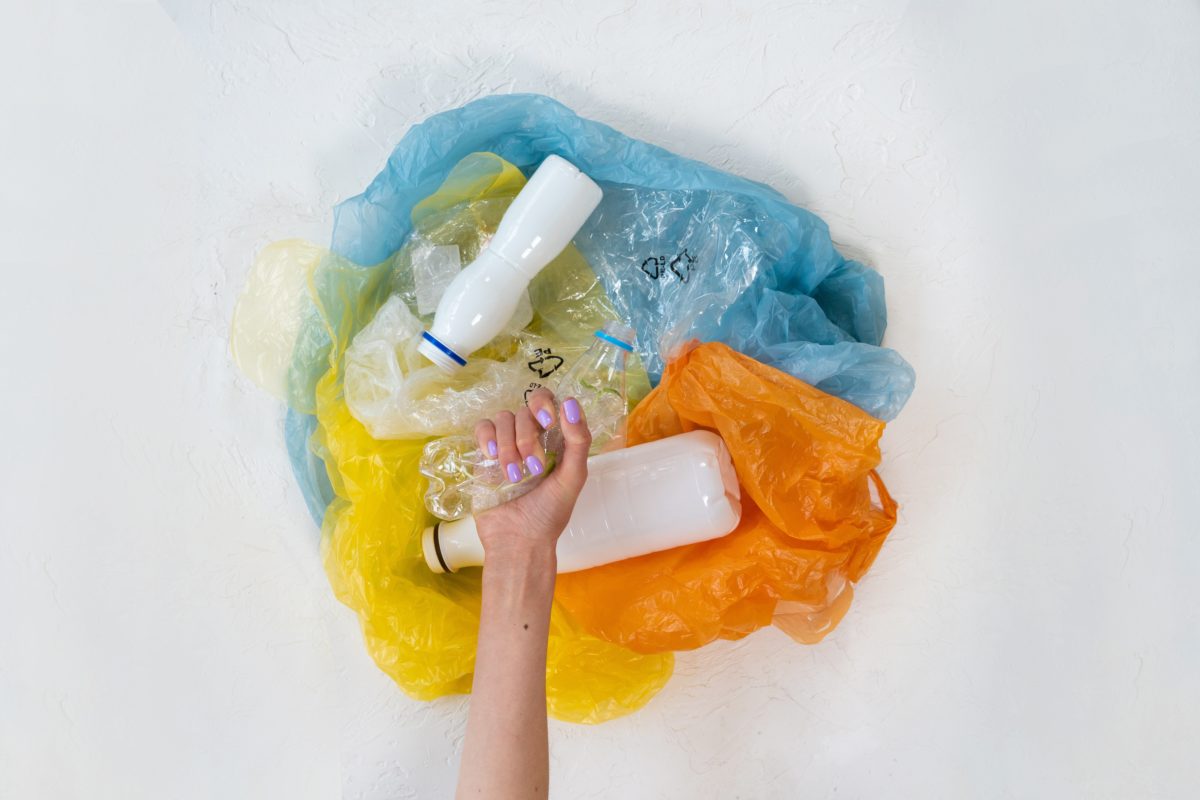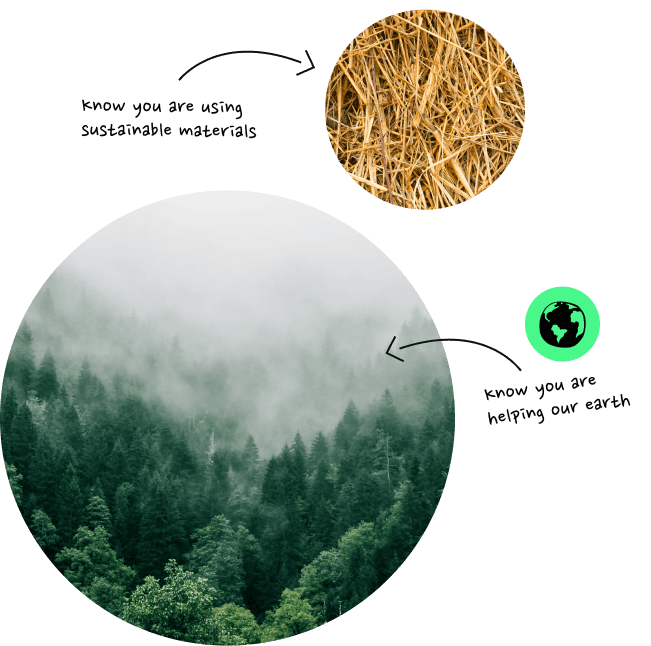In this very special series, we are sharing excerpts from Season 2 of the excellent Red to Green Podcast created by host and future food enthusiast Marina Schmidt. The show features in-depth conversations about the intersection of the food tech industry and sustainability. Season 2, titled ‘Plastic Alternatives’, is dedicated to the world of food packaging with a focus on exploring alternatives to fossil fuel plastic materials and solutions.
How are bioplastics defined?
The below conversation is an excerpt from Red To Green Season 2, Episode 2: Bio-degradable, Compostable, or Recyclable? The Differences and Misconceptions. In this episode, Marina Schmidt, founder of Red to Green Solutions talks to Julia Goldstein the author of the book, Material Value which was a finalist in the 2019 San Francisco writers contest.
Audio transcript by Descript, with edits by Anya Roschke.
Marina: Well, we have already talked a bit about bioplastics. To make it official, what are bioplastics? As far as I understood, it’s both bio-based and biodegradable plastics, which are referred to as bioplastics.
Julia: Yes. Bio-based means it’s made from biomass, which are recently living organisms, not the fossil fuels that have been underground for thousands or millions of years, but plant matter and this type of thing. There are some naturally occurring bioplastics like natural rubber from a rubber tree, but generally, we’re thinking about things that are specifically manufactured to be plastics.
And then we mentioned before biodegradable, meaning it degrades into simple compounds or elements
Marina: Are there authentic samples of bio-based plastics that we haven’t touched upon yet.
Julia: I think just the fact that you can make conventional plastics like polyethene is a bio-based plastic, for example, ripening fruit releases ethylene gas, and that can be condensed and made into polyethene, which is like plastic bags. If it’s made from agriculture, then it is bio-based.
But when it’s done being processed, it’s exactly the same as a plastic bag. It’s not going to biodegrade. It’s just a matter of the source and where it comes from.
“There are some naturally occurring bioplastics like natural rubber from a rubber tree, but generally we’re thinking about things that are specifically manufactured to be plastics.”
Julia Goldstein
Can they be recycled?
Marina: And would it be able to be recycled in the same way?
Julia: Oh, yes just like any other, no matter where the original source, whether it was natural gas, deep, underground, or a pile of rotting fruit, once it’s processed into polyethene it’s the same exact material, it’s chemically identical, regardless of the source, it can be recycled. It can’t be composted, all that, but there are also new plastics that are being created from bio-based materials.
And some of the stuff is still being developed. Like you can take cellulose, which is a naturally occurring polymer from trees and make that into usable plastics.
Marina: Yeah. And cellulose is an example of a material that a lot of people aren’t aware of where it comes from. Is cellulose as you know, a good example of, um, sustainable alternative.
Julia: It could be. I think again, it’s a matter of where it’s coming from and what it takes to process it. Right? You don’t want to be, again, cutting down acres of trees to produce cellulose space plastics. Now maybe if you could make them from fast-growing plants like bamboo, I don’t know if anybody’s doing that, but you know, if you’re cutting down Oak trees to make plastic that does not to me sound like the best way to make use of resources.
The issue of agricultural land
Marina: So how much of an issue is the use of agricultural land? When it comes to plastics do you know how much we would actually need to make a complete switch to bioplastics?
Julia: I don’t have numbers on the top of my head, but I’d like to see a system where the default is to use agricultural waste because that already exists.
The Red to Green Podcast is available on iTunes, Spotify, and all popular podcast apps by typing in “Red to Green” in the search bar. Listen to this episode of Red to Green here.
Want more? Check out the whole Red To Green Talks series here.
Lead image courtesy of Mikhail Nilov (Pexels).






